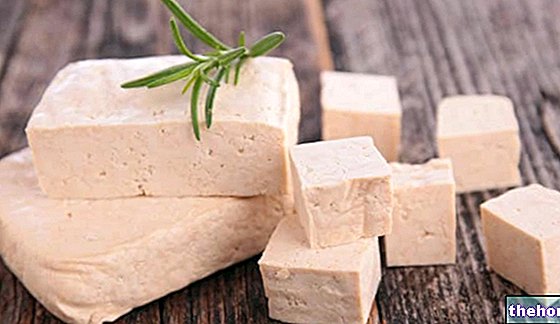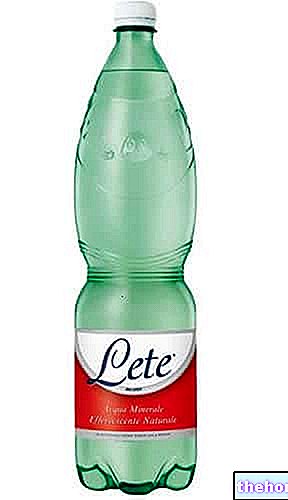Bitter almonds are the seed of Prunus amygdalus var. amara D.C, small tree belonging to the Rosaceae family. The bitter taste of these almonds is largely linked to the presence of amygdalin (2-4%), a cyanogenic glucoside which by hydrolysis gives rise to prussic acid, better known as hydrogen cyanide.The hydrolysis takes place thanks to the presence of an enzyme, called emulsin, present inside the bitter almonds themselves, which decomposes the amygdalin into benzaldehyde, glucose and hydrogen cyanide. The same process takes place in the intestine, thanks to the B-glycosidase enzymes. produced by the intestinal flora, which therefore make bitter almonds a potential and dangerous poison for man.

Thus, the ingestion of a small number of bitter almonds can be fatal: it is estimated that 6-10 seeds are sufficient to cause a fatal poisoning in the child, while for an adult the lethal dose is around 50-60 units. , the markedly bitter taste of these almonds, which is proportional to their amygdalin content, strongly discourages their intake. Symptoms of hydrogen cyanide poisoning include headache, vomiting, confusion, increased frequency and depth of breaths, loss of consciousness, seizures.
Visually, a bitter almond can be distinguished from a sweet almond by its wider base and shorter length.
The rich lipid content of the seeds makes it possible to extract an oil used in perfumery and cosmetics (for the production of soaps) from bitter almonds, after rectification to remove hydrocyanic acid. Unlike that of sweet almonds, which has properties laxative (20-30 ml), bitter almond oil is not used internally for medicinal purposes, even if once rectified it can be used in pastry. The same applies externally, where instead the sweet almond oil is more widely used, with its soothing, nourishing and anti-itch properties.
Bitter almonds and amygdalin are devoid of any medicinal use, although articles and groups supporting the anticancer activity of amygdalin are popular on the internet; in this regard see our in-depth article on the relationship between amygdalin, bitter almonds and tumors.




























